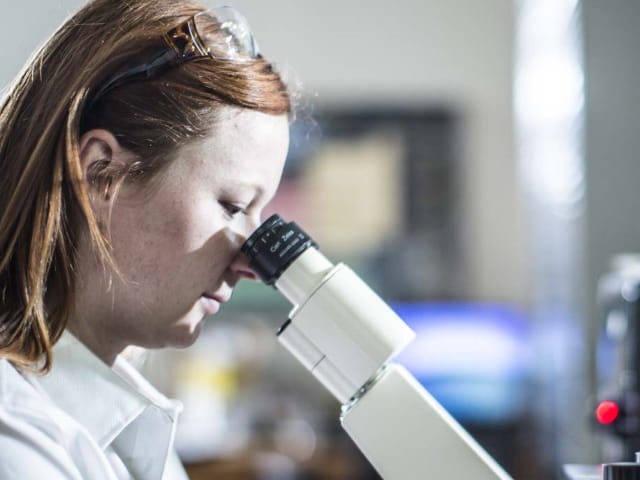Element provides mechanical and metallurgical testing for porous structures and porous coatings applied for dental and orthopedic surgical implants. The different types of coatings include resorbable blast media (RBM), titanium plasma spray (TPA), hydroxyapatite (HA), electron beam melting (EBM) and direct metal laser sintering (DMLS).
A porous material used as coating is often applied to medical devices to support biological fixation of an implant. Newer technologies also allow direct integration of porous structures in the base materials of devices.
To bring an implant with a porous coating to market, there are a number of tests that must be performed to verify the mechanical and metallurgical properties of the coating. These tests are beneficial in satisfying FDA or regulatory requirements, helping with research and development of new coating processes and technologies. They also provide insight to compare or validate coating suppliers.
Mechanical Testing of Porous Structures
Mechanical tests include abrasion, static and dynamic tension, shear, and bending. These tests are performed on specially-made test samples, which vary depending upon the test method.
Shear Testing (ASTM F1044 & ASTM F1160)
The sample consists of a metallic cylinder that has a 0.75” outer diameter and a 1 to 1.25 inches in length, with the porous coating adhered to one flat side of the metal. The coated specimen is attached to an uncoated specimen and then loaded in shear either statically until failure or dynamically to a predetermined cycle count.
Tensile testing uses a test assembly made up of a disc-shaped sample with one side coated and one uncoated, and bonded between two test fixtures. The test specimen, with a 1” outer diameter, is exposed to a tensile load until failure, meaning the components have separated.
Abrasion testing is critical for porous structures, as poor integrity can have adverse effects in-vivo. The most commonly performed test is Taber abrasion, which consists of a circular sample repeatedly contacted by an abrasive wheel. Results are used for comparative purposes when evaluating coating types of suppliers or compared to general acceptance criteria set by a regulatory agency.
Rotating Beam Fatigue (ASTM F1160)
Rotating beam testing consists of an hourglass-shaped, coated rod which is loaded about its long axis as a beam. During testing, the specimen’s surface material is subject to the greatest amount of stress, making this an ideal test for determining properties of a porous coating.
Coefficient of friction
Coefficient of friction testing consists of measuring both the static and dynamic frictional forces between a porous structure and either polyurethane bone analog, animal tissue, or human donor tissue. Static resistance is the force that is required to initiate motion, while dynamic resistance is the frictional force required to maintain motion. We perform coefficient of friction testing to internal procedures or client protocols.
Metallurgical Testing of Porous Coatings
Element’s metallurgical testing laboratories perform a variety of evaluations on porous coating samples, including coating thickness, coating surface roughness, volume percent void, and morphology of pores.
Stereological Evaluation (ASTM F1854)
These test methods examine the various porous coatings adhered to nonporous medical implants. Substrates are evaluated using a digital image analysis system and custom software programming to determine the coating thickness, volume and percent void (between tissue interface and substrate interface).
Our trusted medical device testing allows your company to mitigate risk knowing that we are working diligently to help ensure your success and bring a safe product to market.
For more information about testing of porous structure and porous coating for medical devices or to request a quote, contact us today.
More from Element
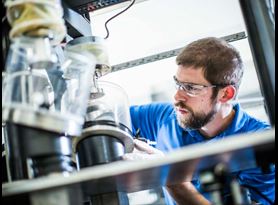
Medical Device Testing
As a comprehensive testing partner, you’ll enjoy the benefit of a single supplier source for all of your testing needs, from mechanical testing and environmental simulation to EMC and wireless device testing.
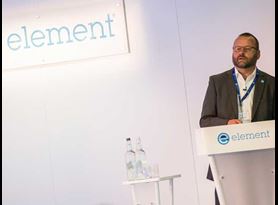
Resources
Discover blog posts, articles, white papers, webinars, and advice from our world-leading testing, inspection, and certification experts.
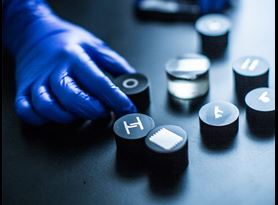
An Overview of ASTM F1854 Testing
Learn more about the four unique sections of ASTM F1854, which outline various methods of stereological porous coating evaluations.
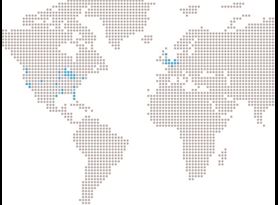
Element Locations
Learn more about our laboratories - where they are located; the unique capabilities they have and how they can help you solve your technical and commercial challenges.
